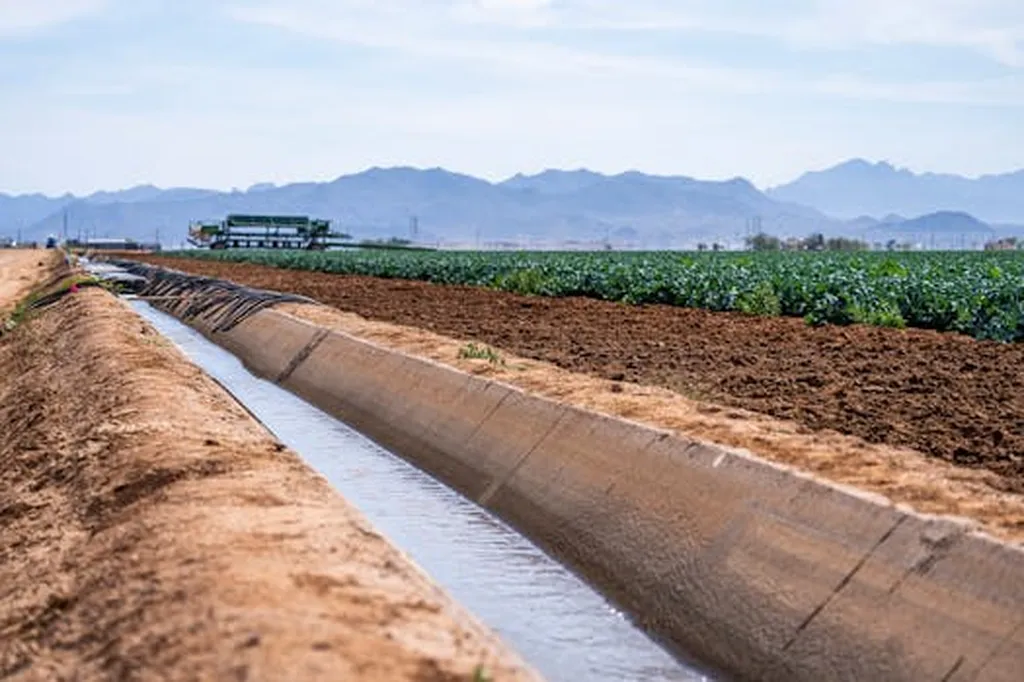In the Mediterranean region of Türkiye, where the rhythm of agriculture is dictated by the whims of the weather, a new study offers a beacon of hope for farmers and water managers grappling with the uncertainties of drought. Published in *Applied Sciences*, the research, led by Rojhat Ergüven from the Faculty of Technology at Fırat University, demonstrates how artificial intelligence (AI) can be harnessed to predict droughts with remarkable accuracy, potentially revolutionizing agricultural planning and water resource management.
The study, which analyzed nearly a century of monthly precipitation data from eight provinces, employed two AI models—artificial neural networks (ANNs) and Random Forest (RF)—to forecast meteorological drought using the Standardized Precipitation Index (SPI). The results were striking. ANNs excelled at predicting long-term drought trends, with R² values reaching up to 0.94 for SPI-12 and SPI-24, indicating a strong correlation between predicted and observed data. Meanwhile, the RF model proved its mettle in short-term forecasts, with an R² value of 0.89 for SPI-3, effectively capturing rapid fluctuations in rainfall.
“This study underscores the complementary strengths of ANNs and RF models in drought forecasting,” Ergüven explained. “ANNs are better suited for analyzing long-term drought trends, which is crucial for climate adaptation strategies, while RF offers reliable, low-complexity forecasting for operational monitoring.”
The implications for the agriculture sector are profound. Accurate drought forecasting can enable farmers to make informed decisions about crop selection, irrigation, and resource allocation, ultimately enhancing productivity and sustainability. For water managers, these tools provide a cost-effective and transferable framework for data-limited regions, strengthening regional water resource management under increasing climatic uncertainty.
The study’s findings also open up new avenues for future research. As Ergüven noted, “The approach furnishes a reproducible AI-based methodology that enhances the precision of drought prediction, supports early-warning applications, and strengthens regional water resource management under increasing climatic uncertainty.”
In an era where climate change is exacerbating weather variability, the integration of AI into drought forecasting represents a significant step forward. By leveraging the power of machine learning, we can better anticipate and mitigate the impacts of drought, ensuring a more resilient and sustainable future for agriculture and water management in the Mediterranean region and beyond.

